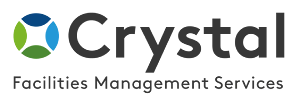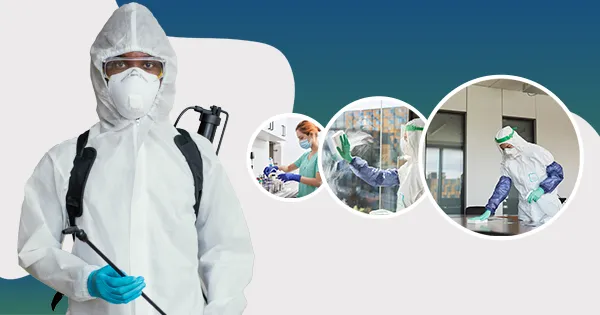Laboratories and research facilities require the highest standards of cleanliness to ensure safety, compliance, and reliable results. Effective cleaning practices help reduce contamination risks, protect staff, and maintain the integrity of experiments and research outcomes.
Why Laboratory Cleaning Matters
Unclean laboratory environments can compromise research results and pose safety hazards. Dust, spills, and microbial contamination can spread quickly if proper cleaning procedures are not followed.
Specialist Cleaning Services for Laboratories
Standard cleaning approaches are not always sufficient for sensitive environments. This is where specialist cleaning services play a vital role, ensuring that laboratories meet strict hygiene and safety requirements while handling delicate equipment and materials.
Disinfection for Maximum Safety
In addition to surface cleaning, thorough disinfection is crucial to eliminate pathogens and maintain a sterile environment. Partnering with professional disinfection cleaning services helps laboratories prevent contamination and maintain compliance with regulatory standards.
Conclusion
Maintaining laboratory cleanliness requires precision, consistency, and expertise. By combining specialist cleaning with regular disinfection, research facilities can safeguard their teams, protect valuable experiments, and uphold the highest levels of safety and compliance.


